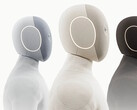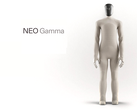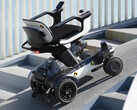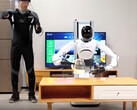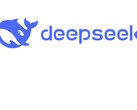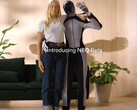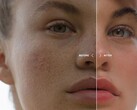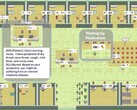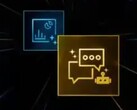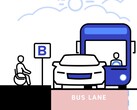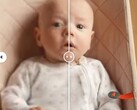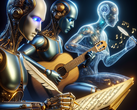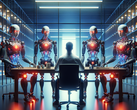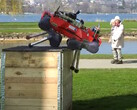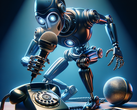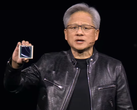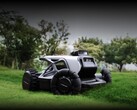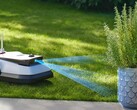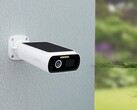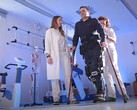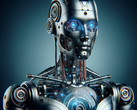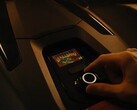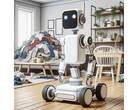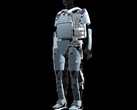1X Technologies has demonstrated the NEO humanoid robot, an AI-powered robot designed to assist people with daily tasks. By merely observing humans completing tasks, the android can learn to replicate the same. AI has advanced rapidly in recent years.
AI chatbots like Microsoft Copilot and OpenGPT ChatGPT have been trained on millions of texts and images. To put it simply, a chatbot has learned what a sunset is after observing thousands of images, so when asked to draw one, it knows not to draw a moon. But without a body, it is difficult for AI to know how to interact with the real world. The android fuses the AI mind with a mechanical body. Now able to see and interact with the world, the NEO can observe and mimic actions it sees using neural networks to control its motors.
The NEO robot is designed to replicate a two-legged human in order to best aid humans in their daily lives. This includes maneuvering through doorways and hallways, picking up and delivering objects, and doing tasks in the spaces humans typically occupy. For example, a four-legged robot that is designed like a dog would not be able to make coffee. The body is also designed using muscle-like mechanics for compatibility when lifting and interacting with humans.
Although the android is designed to be softer in contact and movements, the NEO will still face situations where it needs assistance to complete a task or get out of trouble. In these situations, a remote human ‘pilot’ can take over. 1X robot trainers can also give the android new skills by loading updated machine learning models.
The NEO is 5 foot 5 inches tall (1.67 meters), weighs 66 pounds (30 kilograms), and carries objects up to 44 pounds (20 kg). The battery has a runtime up to 4 hours and allows the android to run up to 7.5 miles per hour (12 kph). The robot automatically finds its way back to the charging station when the battery is low.
No availability date has been announced for the NEO humanoid robot. In the meantime, why not read about the dilemmas of autonomous robots and necessity for the “Three Laws of Robotics” which were foreshadowed by Asimov in the classic sci-fi novel “I, Robot” (here at Amazon).





